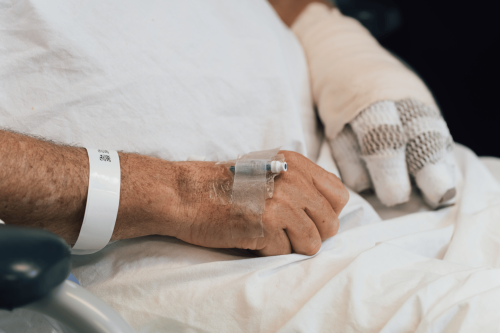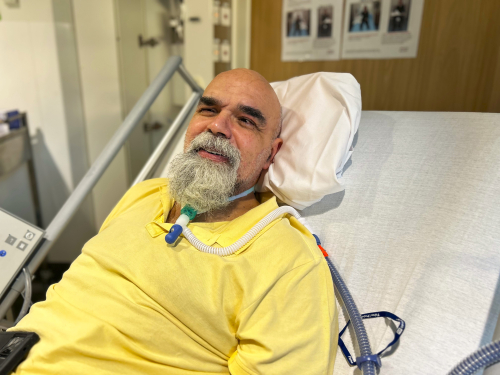New research reveals dangers of cupping

Burns specialists at The Alfred have highlighted the risks associated with the alternative medicine practice, known as cupping.
Cupping is a form of therapy commonly used for pain relief and to treat colds. It involves placing a glass or plastic cup, sometimes heated with the aid of an accelerant to create suction, on the skin. According to practitioners, as the air cools, the cup contracts, bringing blood to the surface and removing toxins.
Lead researcher Marc Seifman, a plastic surgeon who worked at the Victorian Adult Burns Service at The Alfred, says while severe injury is fortunately not common, practitioners should warn patients of the risks.
“As the therapy involves heat, burns can be an unintended consequence, especially if not performed correctly or by a registered practitioner,” Mr Seifman said.
“Our study identified that of those who sustained burn injuries from cupping procedures, all injuries were accidental, and most occurred at home.
“While there were only a small number of cupping-related severe burns injuries recorded, we believe there are likely many more instances of less severe burn injuries.”
The study examines more than 18,700 patients enrolled in the Burns Registry of Australia and New Zealand over a seven-year period (2009–2016).
It identified twenty patients, with an average age of 48 years, who had sustained cupping-associated burn injuries, including flame burns when methylated spirits or other accelerants ignited.
Patients, who were mostly men, required admission to hospital and had burns to a range of areas on their body, including to the face, hands, and upper and lower body, with eight requiring a skin graft.
“While there is limited evidence to suggest a physiological benefit, many people have reported to find some form of relief in the treatment.”
“Anyone considering this form of therapy should be mindful of the risk associated with cupping.”
The study is published in the Medical Journal of Australia.

_500_333.jpg)
